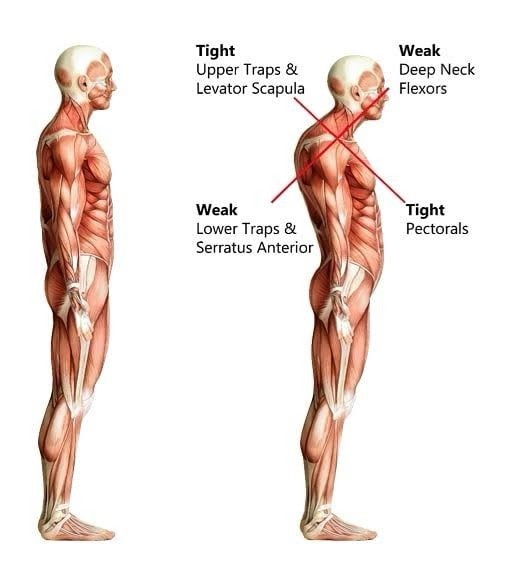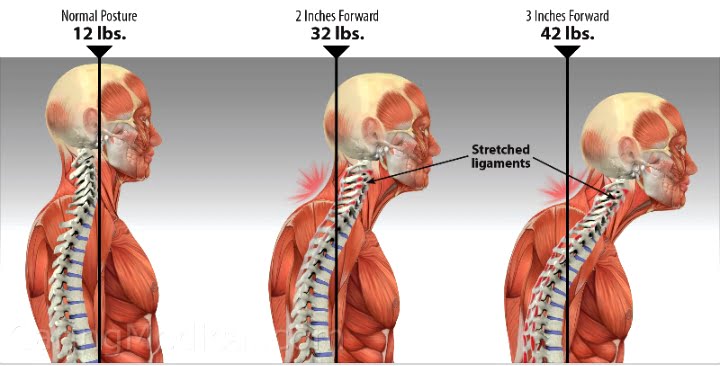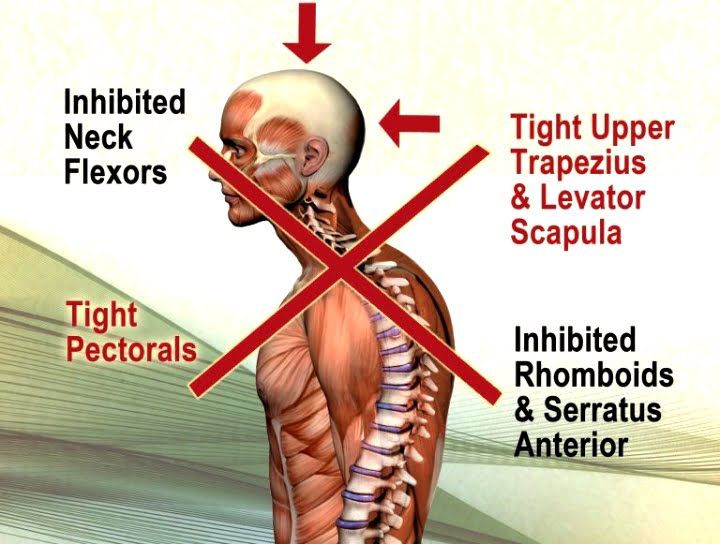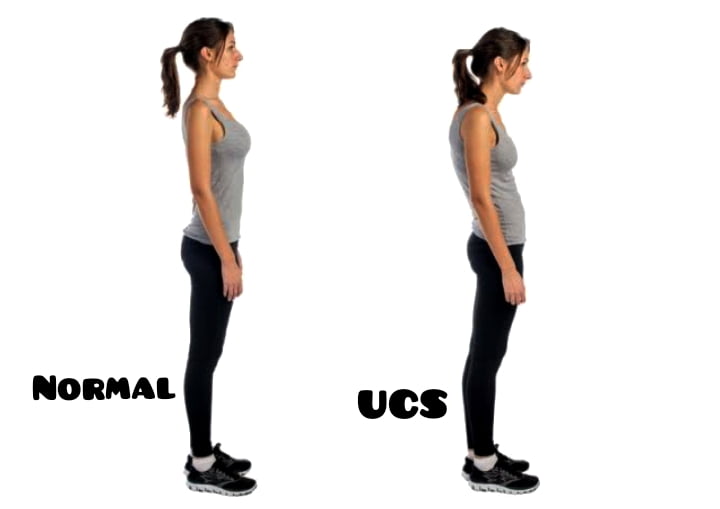
Read more aabout vestibular-rehab here https://quantumphysio.com/vestibular-rehab/
[et_pb_section fb_built=”1″ admin_label=”section” _builder_version=”4.22.0″ hover_enabled=”0″ global_colors_info=”{}” theme_builder_area=”post_content” custom_margin=”2vh|5vw|2vh|5vw|true|true” sticky_enabled=”0″][et_pb_row admin_label=”row” _builder_version=”4.16″ background_size=”initial” background_position=”top_left” background_repeat=”repeat” global_colors_info=”{}” theme_builder_area=”post_content”][et_pb_column type=”4_4″ _builder_version=”4.16″ custom_padding=”|||” global_colors_info=”{}” custom_padding__hover=”|||” theme_builder_area=”post_content”][et_pb_text admin_label=”Text” _builder_version=”4.16″ background_size=”initial” background_position=”top_left” background_repeat=”repeat” global_colors_info=”{}” theme_builder_area=”post_content”]The cervical spine is one of the key areas of proprioception and thus many cervical dysfunctions can create global problems in posture and balance

What is Upper -Crossed Syndrome

Cervical spine dysfunction often exhibits Upper Cross Syndrome or UCS. In this syndrome, inhibited and weak muscles include the deep neck flexors, serratus anterior, rhomboids, and middle and lower trapezius whereas the upper trapezius, levator scapula, suboccipital, SCM, pectoralis major, and minor are fascinated and tight. When the muscles in the neck, shoulder, and chest get deformed usually as a result of prolonged poor posture, UCS occurs. Trapezius and levators muscles that are present at the back of the shoulder and neck are most affected as they become extremely strained and overactive and lead to muscle tightness, whereas muscle surrounding the counter muscles that are deep flexors, serratus anterior, middle, and lower trapezius becomes weak. This pattern of imbalance creates joint dysfunction.
Postural Changes seen in UCS

Forward head posture
Increase cervical lordosis
Thoracic kyphosis
Elevated and protracted shoulder
Winging of scapula
Causes
Sitting or standing with continual poor posture with the head pushed forward is the main cause for UCS. The lifestyles we are living often makes us adopt this position while –
Reading
Watching tv
Biking
Driving
Using a laptop, computer, smartphone
Symptoms
People with UCS often have round shoulders with stooped posture and a forward neck. These muscular imbalances often put a strain on joints, bones, muscles, and tendons.
People often get a headache and muscular strain in the back of the neck and the upper back. They find difficulty in prolonged sitting or driving for long hours. There are restrictions in neck movement followed by shoulder pain. They often get tingling and numbness in the arm
Treatment
To correct UCS, people usually require Physical therapy for preventive stretches and exercises targeting the imbalance musculature
[/et_pb_text][/et_pb_column][/et_pb_row][/et_pb_section]